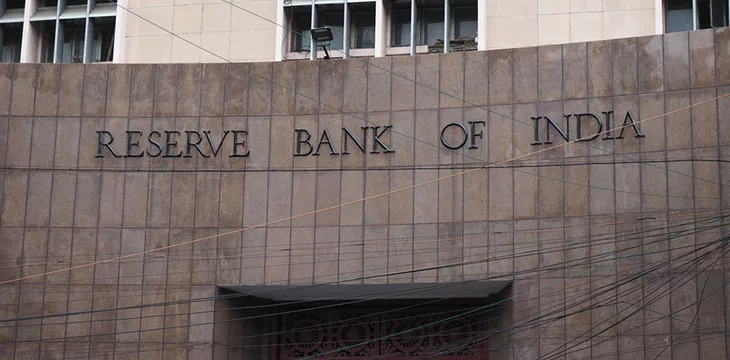|
Getting your Trinity Audio player ready...
|
The Reserve Bank of India (RBI) has notched yet another win in its quest to roll out a central bank digital currency (CBDC) following YES Bank’s integration with the Unified Payments Interface (UPI).
In a statement, YES Bank confirmed that it has enabled interoperability between RBI’s digital rupee mobile application and UPI. The latest move will allow YES Bank customers to make CBDC transactions by scanning UPI QR codes, eliminating the need to use multiple platforms.
The UPI is India’s instant payment solution run by the National Payments Corporation of India. Launched in 2016, UPI facilitates interbank peer-to-peer (P2P) transactions while enabling person-to-merchant settlements, racking up over 150 million merchants.
“The integration of UPI interoperability in our CBDC app is testament to our effort at redefining the customer’s digital transaction journey,” said Ajay Rajan, YES Bank’s Head of Digital and Transaction Banking. “The transition to an interoperable CBDC platform holds the promise of seamless, efficient, and broader transactional capabilities for YES BANK customers, across individuals and merchants.”
Besides providing users with multiple payment options, YES Bank’s latest integration brings the digital rupee one step closer to mainstream adoption.
Through the integration, users can leverage the benefits of the digital rupee and UPI’s wide reach for an improved payment experience. Rajan stated that the success of the first-of-its-kind integration will open the floodgates for other commercial banks to follow in its path.
“The introduction of interoperability to CBDC marks a significant leap for all banks operating in India,” said Rajan. “As these boundaries expand and converge, a profound transformation is on the horizon for the very foundation of digital banking and transactions within the nation.”
YES Bank formed part of the initial batch of commercial banks selected by the RBI to participate in the retail digital rupee pilot. Since the start of the digital rupee pilots, the central bank has racked up several wins, including onboarding over 50,000 users and 5,000 merchants in the first two months of experimentation.
Presently, the digital rupee is accepted in several department stores across the country, with several financial firms positioning themselves to offer CBDC services.
A cautious approach by the RBI
The RBI has previously stated that despite the early wins of the retail digital rupee pilot, it will adopt a slow-and-steady approach to its developmental objectives.
RBI officials need to be more aware of the risks of disrupting the existing payment landscape through the launch of a CBDC, opting for a measured approach to gauge its impact. Despite the calls for caution, the central bank is targeting 1 million users for the digital rupee and onboarding a larger tranche of merchants in the coming months.
To learn more about central bank digital currencies and some of the design decisions that need to be considered when creating and launching it, read nChain’s CBDC playbook.
Watch: In India, there’s a thirst to build useful stuff

 07-11-2025
07-11-2025 





